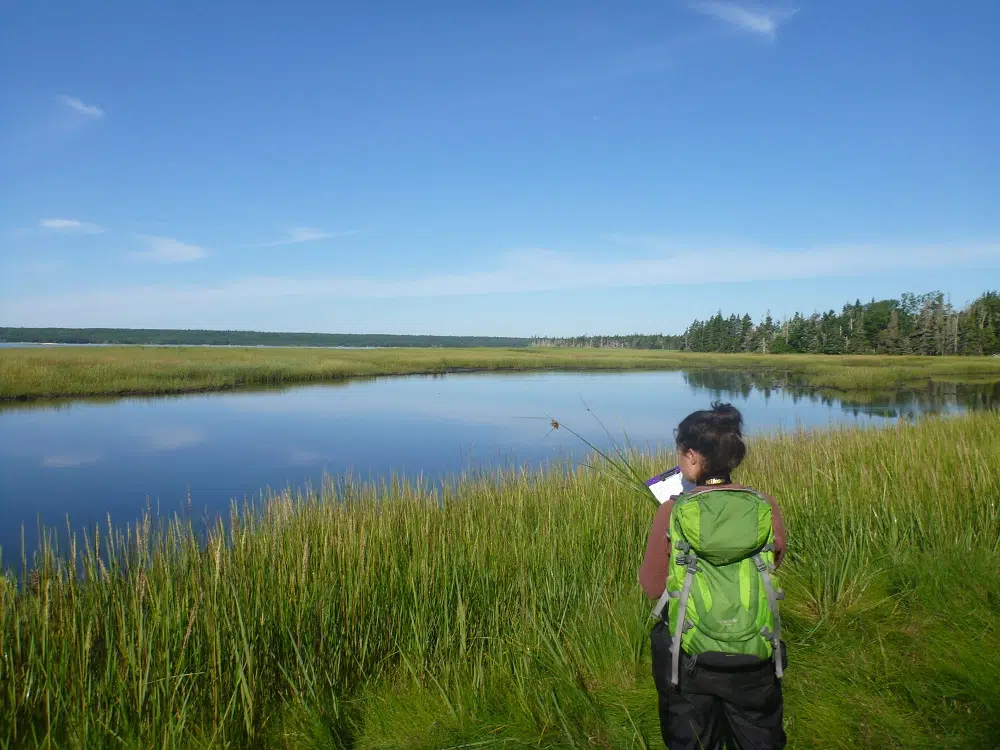The Nature Conservancy of Canada (NCC) is having its first national meetup since the start of the pandemic this week in Halifax.
They plan to discuss plans on how they will meet a national goal of having 25 per cent of Canada’s land protected by 2025. A goal they’ve made significant progress on this past year.
In April, the NCC announced the largest private land conservation project in Canadian history in a purchase agreement with forestry company Domtar. Covering nearly 1,500 square kilometres of boreal forest and wetlands in northern Ontario, NCC President and CEO Catherine Grenier says the Boreal Wildlands marks a monumental shift in how we need to think of conservation in Canada.
“Conservation isn’t just for governments, Indigenous communities, non-profits, businesses and scientists — it’s something we all need to contribute to. And it’s something we need to do right now. In the past two years alone, NCC has influenced the protection of more than 1 million hectares (almost twice the size of Prince Edward Island), coast to coast to coast. Over the next few years, we will double our impact,” Grenier said.
It’s estimated that around 13.5 per cent of Canada’s land is currently under protection.
In Atlantic Canada, the NCC hopes to achieve 20 per cent land conservation and that lower goal is a reflection of the geographic makeup of the region.
“There just arent many massive plots of private land available in Nova Scotia or the other Atlantic Provinces,” said NS NCC Director Jamiee Morozoff. “We’ll be looking to shift from our traditional method of buying land and then making it a conservation, rather we will look to partner with other organizations like our indigenous communities and municipal governments that are already pursuing projects.”
She says they will be looking to assist those organizations to get their projects over the line with things like financial support, planning resources, and access to conservation experts that work for NCC.
The NCC does still intend to pursue conservation efforts via their traditional method of buying land outright, some of those projects in Atlantic Canada include;
- Nova Scotia: 35 acres of coastal land within the Halifax Regional Municipality to expand the Dr. Bill Freedman Nature Reserve at Prospect, 27 acres to expand the Brier Island Nature Reserve, 90 acres of forest and lake shore in Tatamagouche.
- New Brunswick: coastal site in Point Escuminac along the Northumberland Strait; several properties on the Chignecto Isthmus (Moose Sex Corridor), which connects New Brunswick and Nova Scotia. The group is also doing research and stewardship work along this narrow strip of land for many species.
- Prince Edward Island: Working to protect 35 acres of forest as part of a new conservation area in St. Peter’s Bay.
- Newfoundland and Labrador: Raising $2M to advance conservation across the province, including new conservation areas in the Grand Codroy Valley and at Salmonier River.
NCC is also offering 16 paid summer intern positions to help do important fieldwork and restoration across the Atlantic Provinces. This is all part of the group’s efforts to accelerate the pace of private land conservation in this country.




